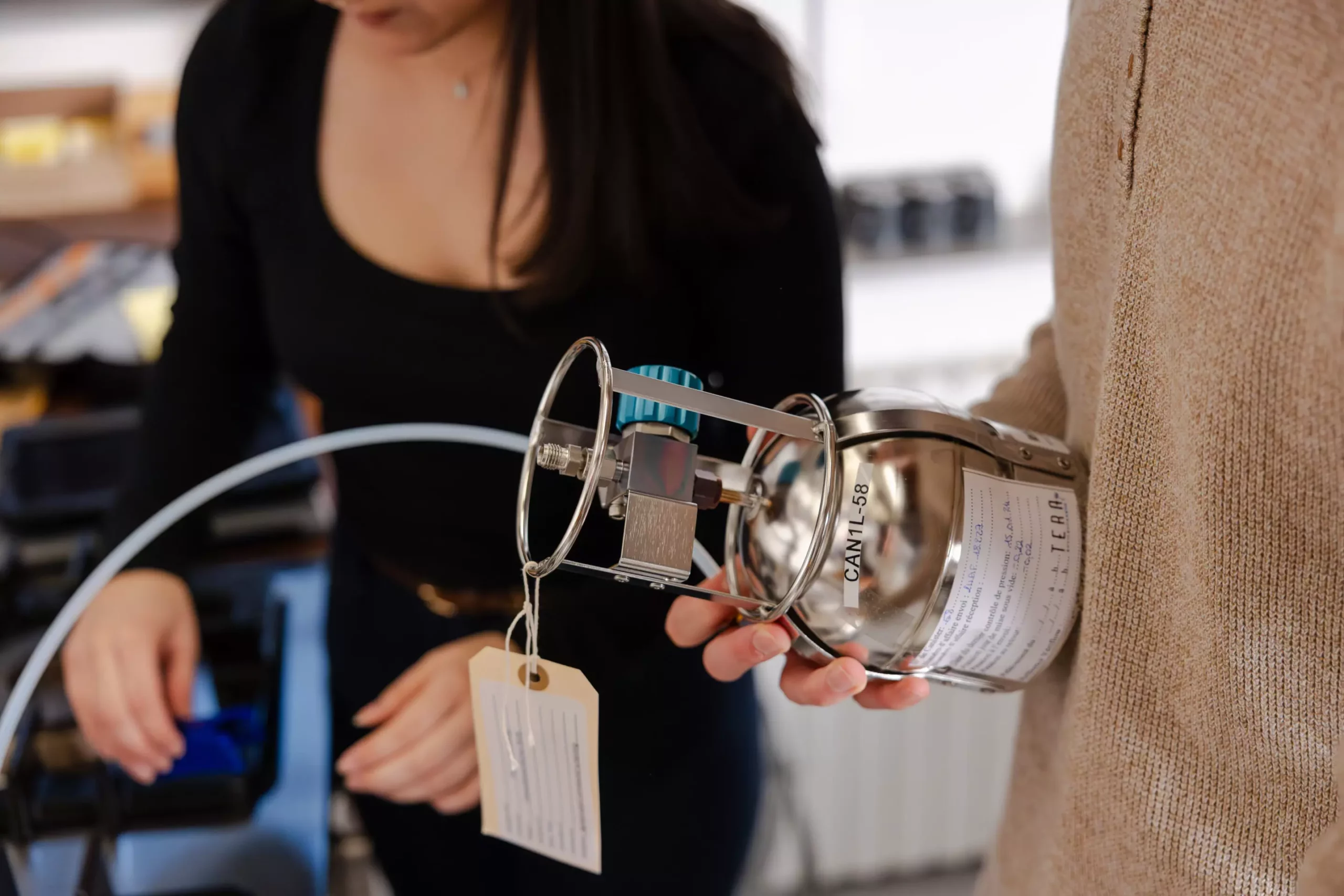Recent research has unveiled a startling discovery – even individuals with an average sense of smell may be unknowingly living with a natural gas leak in their homes. A study published in Environmental Research Letters sheds light on the fact that minor gas leaks can significantly impact indoor air quality by introducing a variety of hazardous air pollutants. One of the most concerning findings was the presence of benzene, a known carcinogen, in 97% of natural gas samples collected across North America. Lead author and PSE Healthy Energy Scientist, Sebastian Rowland, expressed his concerns by stating that while these smaller leaks may not be large enough to cause gas explosions, they are challenging to detect due to being hard-to-smell.
The research conducted by PSE Healthy Energy and Stanford University analyzed 587 samples of natural gas obtained from 481 residences in 17 different North American cities. These samples were meticulously tested for methane, hazardous air pollutants, and sulfur-based odorants. The study aimed to determine if gas leaks contained a sufficient amount of odorant to provide an early warning sign against elevated levels of benzene exposure. The results revealed that benzene and other hazardous air pollutants are present in the majority of natural gas supplied to households, buildings, and businesses throughout the continent.
The Inadequacy of Reliance on Smell Alone
PSE Senior Scientist, Drew Michanowicz, highlighted a critical flaw in the current system by stating that our sense of smell serves as the primary defense mechanism against household gas leaks. However, given the variability in odorant levels and the significant differences in individuals’ smelling sensitivities, relying solely on odor to detect gas leaks may not be sufficient. The study suggests that there is an urgent need for greater transparency regarding natural gas composition, including open access to data on gas composition and regular sampling.
The research findings revealed significant variations in benzene levels and odorant concentrations among different cities. For instance, gas supplied to homes in Vancouver, Los Angeles, Calgary, and Denver had considerably higher benzene levels compared to other cities. Similarly, odorant levels in Houston were five times higher than in Toronto, indicating a lack of standardization across regions. To address these disparities and enhance indoor air quality and public health, the researchers recommend measures such as stricter odorization standards, increased utilization of leak-detecting devices, and even reducing gas consumption altogether.
The study’s findings serve as a wake-up call regarding the hidden danger of natural gas leaks in residential settings. The prevalence of hazardous air pollutants, such as benzene, in natural gas samples highlights the need for a more robust detection and prevention system. By adopting measures to enhance leak detection, increase transparency in gas composition, and promote sustainable practices, we can safeguard individuals and communities from the adverse effects of natural gas leaks.


Leave a Reply